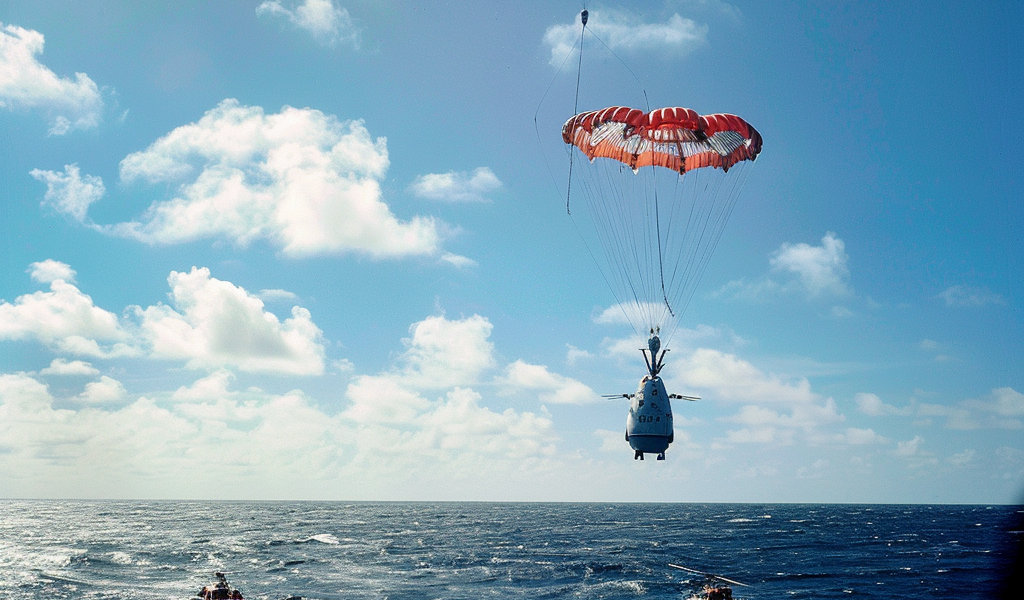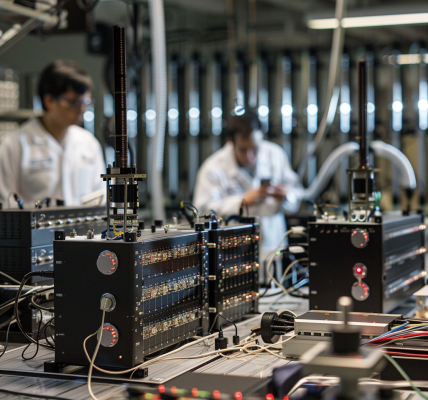NASA’s Artemis II crew members, including astronauts Reid Wiseman, Victor Glover, Christina Koch, and Canadian Space Agency astronaut Jeremy Hansen, are set to return to Earth after a nearly 10-day mission around the Moon. A joint NASA and Department of Defense team, led by NASA’s Exploration Ground Systems Program, will be in charge of retrieving them from the Orion spacecraft and transferring them onto a naval ship in the Pacific Ocean.
As the Orion spacecraft enters Earth’s atmosphere, its system of 11 parachutes will deploy in a precise sequence to slow the capsule and crew to a relatively gentle 20 mph for splashdown about 60 miles off the coast of California, weather permitting. Prior to splashdown, a team from NASA’s Johnson Space Center in Houston will map where elements jettisoned from Orion will land in the ocean to ensure recovery support stays clear of those areas.
Once it is safe to approach the capsule, helicopters and a team of Navy divers in small boats, along with NASA’s open water lead, will begin making their way to the capsule. The Navy divers will assess the environment surrounding the capsule to ensure no hazards are present. Teams will stabilize Orion before the crew exits the capsule in the open water by installing an inflatable collar. To safely retrieve the astronauts, the divers will also install an inflatable raft, called the front porch, under Orion’s side hatch to aid in astronaut retrieval from the capsule.
These highly choreographed recovery operations aim to ensure the success of NASA’s first crewed mission to the Moon in more than 50 years. The joint effort involving NASA, the U.S. Navy, and the Department of Defense demonstrates the meticulous planning and coordination required for the safe recovery of astronauts and spacecraft from deep space missions.





